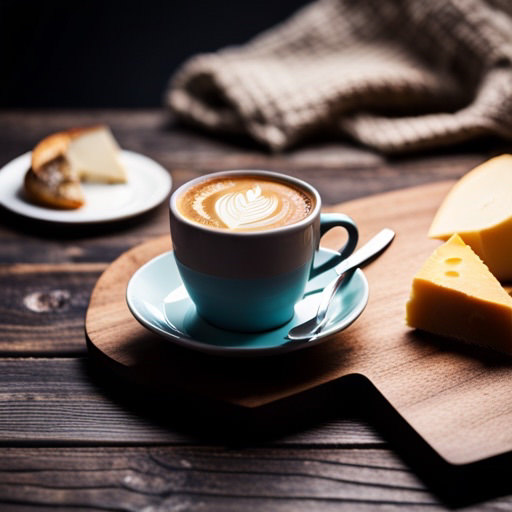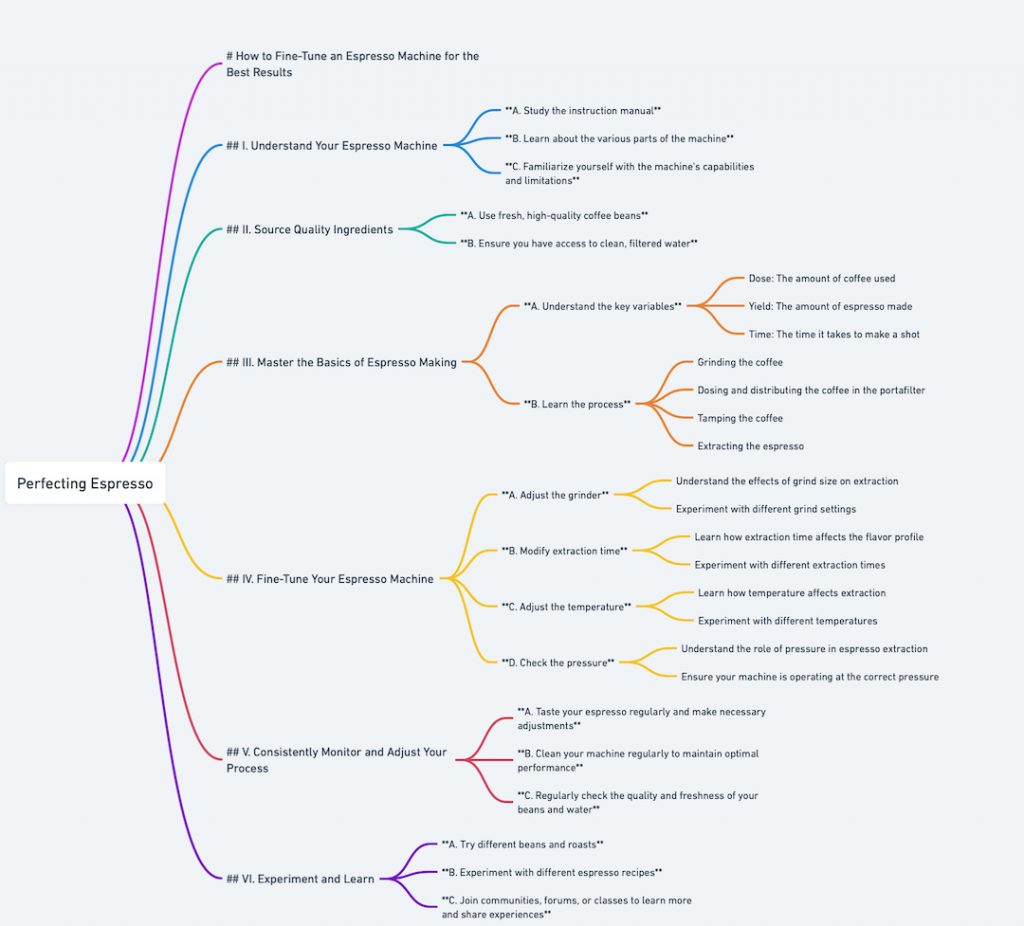Certainly, the complexity of coffee’s flavor profile can be both its allure and its downfall. On the one hand, the potential richness and depth of flavors that coffee can possess is what makes it such a treasured and globally celebrated beverage. However, one of the common issues coffee lovers face is that of excessive bitterness. Coffee bitterness can range from a subtle, dark chocolate-like flavor that adds complexity and depth, to a harsh, overpowering tang that makes the drink unpalatable. This bitterness is influenced by a host of factors, including the type and quality of coffee beans used, the roasting process, the method of brewing, and even the water used.
Understanding these variables is crucial, as each can drastically alter the final outcome of your cup of coffee. Beans, for instance, come in varieties like Arabica and Robusta, with Arabica generally known to be less bitter. Similarly, the darkness of the roast can affect bitterness, with darker roasts tending to be more bitter as they have been exposed to heat for a longer period. The size of your coffee grind and your brewing time are other important considerations, as they can lead to over-extraction – one of the primary causes of a bitter cup. The quality and temperature of your water can also greatly impact the final taste of your coffee. Finally, regular cleaning of your coffee equipment can ensure that residues from previous brews do not taint the taste of your coffee.
If you’re finding your coffee too bitter for your liking, fear not. There are multiple strategies and tricks you can implement to achieve a smoother, less bitter cup. Let’s explore some of these methods.
Choose the Right Beans: Certain types of coffee beans are less bitter than others. For instance, Arabica beans are generally less bitter than Robusta. Lighter roasts tend to be less bitter than darker ones as well, as they preserve more of the original flavor of the beans.
Grind Size: The grind size plays a major role in determining the flavor of your coffee. Generally, a finer grind can lead to over-extraction, which may increase bitterness. To reduce this, consider using a coarser grind. Just be sure to adjust your brewing time accordingly, as a coarser grind typically requires a longer brew time.
Brewing Time: Over-extraction can lead to increased bitterness. Be sure to follow recommended brewing times for your specific brewing method. For instance, French press coffee should be brewed for approximately 4 minutes, while espresso takes just 25-30 seconds.
Water Quality: Water plays a crucial role in the coffee brewing process, making up about 98% of your cup of coffee. The minerals present in water can interact with the coffee compounds, enhancing or marring its taste. Tap water can contain a variety of minerals and chlorine, which may interact negatively with your coffee, leading to a bitter taste. On the other hand, filtered or bottled water is usually purer, containing fewer impurities that can interfere with the taste. Some coffee connoisseurs even advocate for using third wave water (a type of water specifically designed for brewing coffee) to get the perfect cup. But, in general, using filtered or bottled water can lead to a smoother, less bitter cup of coffee.
Water Temperature: The temperature of the water you use for brewing your coffee is incredibly important in dictating the taste of your brew. When water is in the optimal temperature range of 195 to 205 degrees Fahrenheit (90-96 degrees Celsius), it extracts the perfect balance of flavors from the coffee grounds. If the water is too cool, it can lead to under-extraction, resulting in a weak, flat coffee. Conversely, if the water is too hot, it can over-extract the coffee compounds, leading to a bitter and overly strong coffee. A reliable kitchen thermometer can help ensure your water is in the right temperature range.
Clean Your Equipment: Just like any other kitchen equipment, your coffee maker needs regular cleaning. Over time, old coffee residues, oils, and mineral deposits from water can build up in your coffee maker and accessories. These residues can impart a bitter, rancid flavor to your fresh brew, distorting its natural taste. Regular cleaning, ideally after each use, can help maintain a pure coffee flavor. Most coffee makers can be cleaned with a mixture of vinegar and water, but make sure to check the manufacturer’s instructions. Don’t forget to clean other coffee accessories such as grinders and filters as well.
Add a Pinch of Salt: Adding a pinch of salt to your coffee might seem counterintuitive, but it’s a trick used by many to combat bitterness. The science behind this lies in the ability of sodium ions to suppress bitterness. When added in small quantities, salt doesn’t make your coffee taste salty; rather, it helps in reducing the perception of bitterness, leading to a smoother, well-rounded cup. But remember, less is more when it comes to adding salt. Too much and you risk turning your delicious coffee into a saline solution. A pinch added to the grounds before brewing is usually enough to make a difference.
Remember, the key to a great cup of coffee lies in experimenting with these variables until you find what works best for you.
Please note that if you purchase from clicking on the link, some will result in my getting a tiny bit of that sale to help keep this site going.




